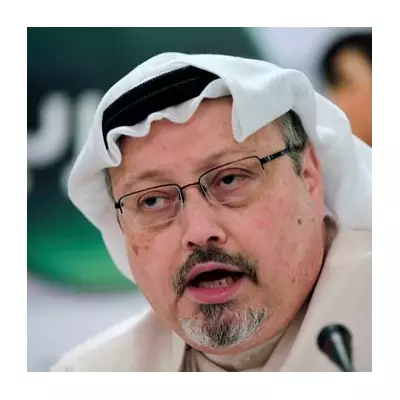
Diplomatic Tensions Rise Over Competing Ukraine Peace Plans
Ukrainian President Volodymyr Zelensky has extended his appreciation to Donald Trump following the US President's proposed peace plan for ending the war in Ukraine, even as the European Union presented a counter-proposal containing significant differences. The diplomatic developments unfolded during crucial talks in Geneva between Ukrainian, American and European delegations.
President Zelensky took to social media platform X to share his gratitude for the international efforts towards securing peace for his war-torn nation. The Ukrainian leader specifically thanked the United States and President Trump personally for their assistance, while also acknowledging support from European partners and G20 nations.
Fundamental Differences in Peace Approaches
However, Zelensky emphasised that the primary objective remains stopping Russia's aggression and preventing future conflicts. 'It is important not to forget the main goal – to stop Russia's war and prevent it from ever igniting again,' he stated, adding that 'peace must be dignified.' The President characterised Russia's motives as extending beyond territorial claims to encompass their 'right to wage war' and to 'subjugate' neighbouring nations.
Following Sunday's negotiations, US Secretary of State Marco Rubio described the meetings as 'probably the most productive and meaningful meeting so far in this entire process.' Rubio confirmed that officials had developed a 'product' based on input from all involved parties and were making adjustments to reach a compromise acceptable to both Ukraine and the United States.
EU Counter-Proposal Challenges US Approach
The European Union's alternative plan, drafted by Britain, France and Germany, presents stark contrasts to the American 28-point proposal. The European version rejects several key elements of the Trump administration's plan that have been criticised as overly favourable to Moscow.
Key differences between the two proposals include:
- Military restrictions: The EU plan imposes no limits on Ukrainian armed forces size, unlike the US proposal capping personnel at 600,000
- NATO membership: European leaders maintain Ukraine's right to pursue alliance membership, subject to NATO consensus
- Neutrality requirements: The EU proposal states Kyiv would not be forced into neutrality and could invite friendly forces onto its territory
- Ceasefire terms: Brussels pushes for an immediate unconditional ceasefire, while the US plan lacks specific ceasefire provisions
The European plan also advocates for robust security guarantees for Ukraine similar to NATO's Article 5 clause and maintains a tougher stance on using frozen Russian assets for reconstruction.
Trump's Frustration and Ongoing Negotiations
The diplomatic efforts occurred against a backdrop of public frustration from President Trump, who accused Ukraine of showing 'zero gratitude' for American peace efforts. In a Truth Social post, Trump declared he had 'inherited a war that should have never happened' and criticised European nations for continuing to purchase Russian oil.
Ukrainian officials quickly responded to temper tensions, with National Security and Defence Council secretary Rustem Umerov asserting that Ukraine 'appreciates our American partners' and acknowledging close cooperation to address Ukrainian concerns in the peace process.
European Commission President Ursula von der Leyen emphasised fundamental principles for any lasting peace agreement, stating that 'borders cannot be changed by force' and Ukraine must retain sovereignty over its military capabilities and international alliances.
As negotiations continue, with British National Security Adviser Jonathan Powell participating in talks alongside French and German counterparts, the international community watches closely. The outcome will determine not only Ukraine's future but also the balance of power in European security architecture for decades to come.





